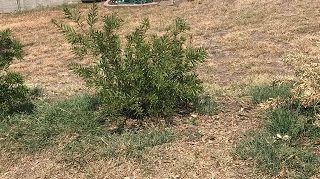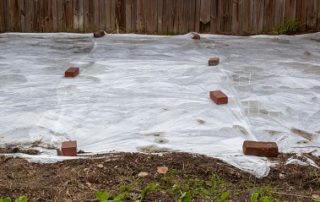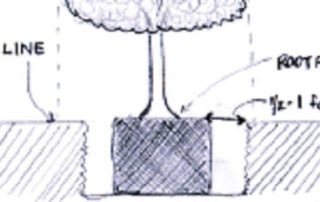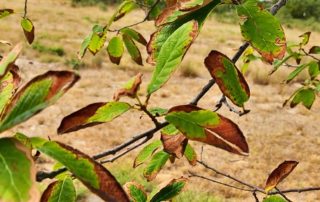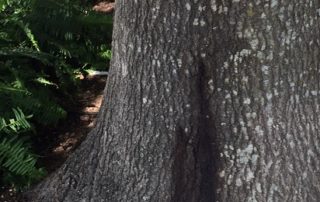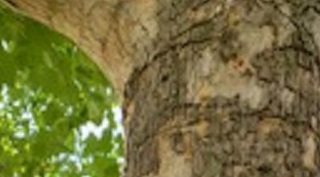ZZ Plant Care Instructions
ZZ Plant Zamioculcas zamiifolia The ZZ plant is an Aroid from eastern Africa which survived extinction caused by drastic changes in the climate. It is found in dry forest regions, often growing on rocks. It survives the droughts because of its fleshy stems, thick waxy leaves and huge tubers at the plant base. ZZ plants have the ability to store tremendous amounts of water in their tubers, therefore, caution should be taken not to over water them. All of these characteristics can allow the ZZ Plant to go months without [...]





